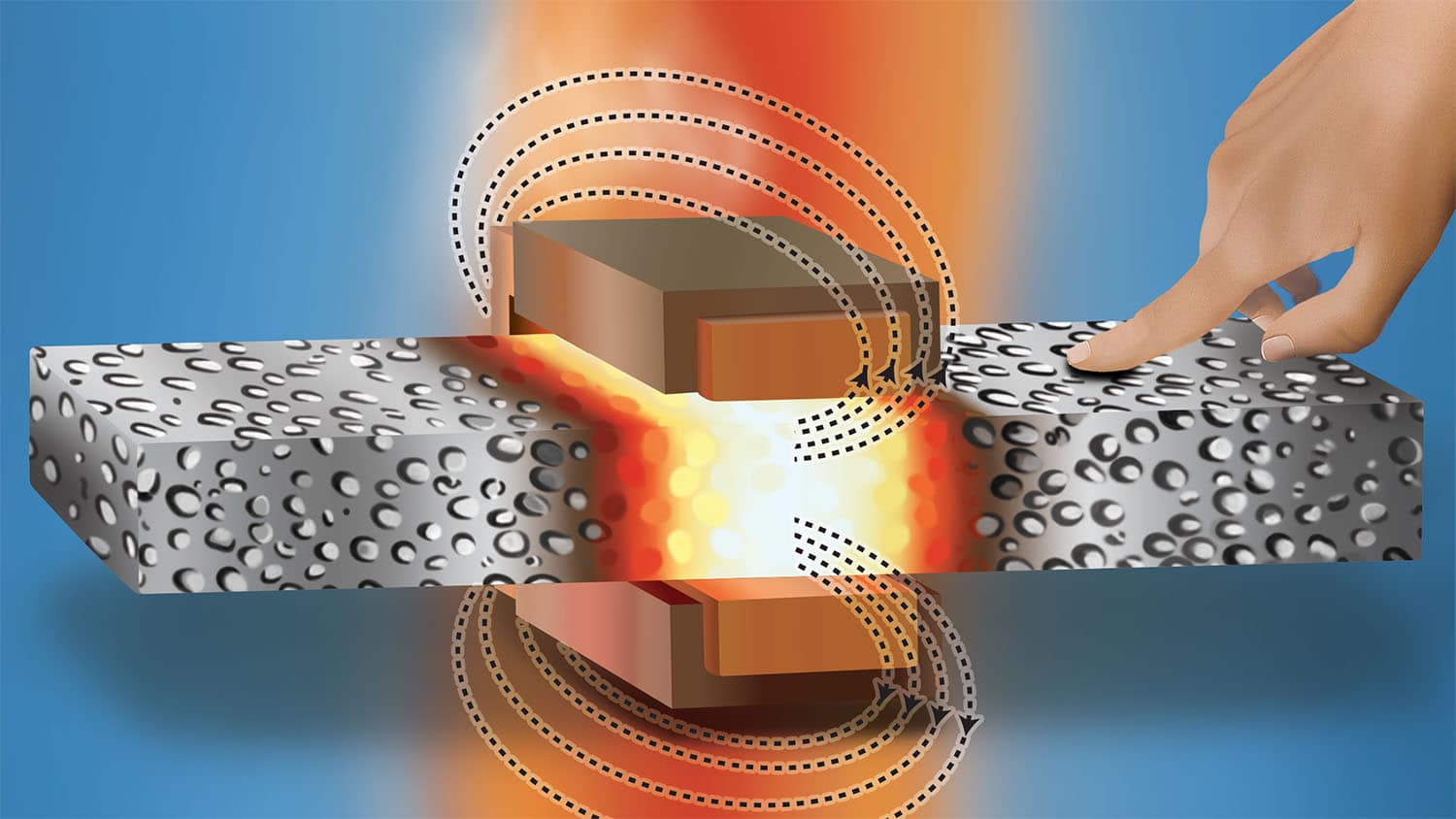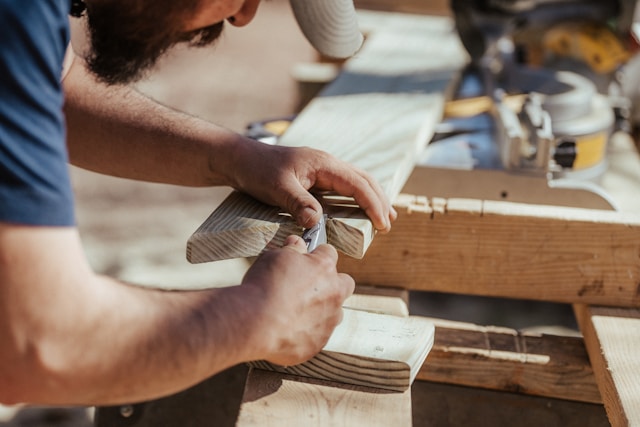One of the biggest transformations for humanity was the development of writing and printing, which for centuries taught humans to think and work in two dimensions. Two-dimensional words and illustrations, easy to understand, provided a new level of communication and coordinated activity breaking down barriers of space and time.
Weren’t alive in the 16th century? No problem, you can get a good idea what it was like by reading Shakespeare.
But the 2D revolution came at a price; as more of the world’s population gave up the experience of working in three-dimensions, not a small amount of disorientation occurred. The difference between those who use their hands to work and those who primarily work in two dimensions couldn’t be more striking. Just as Christopher Columbus discovered the earth wasn’t flat, new 3D technology is now allowing engineers and designers to rediscover the 3 dimensional world in the design phase of product development.
Molding a Virtual Model with Your Bare Hands
Recently, Elon Musk described how SpaceX has integrated SiemensNX, software his company uses to design rockets, and Leap Motion, software that turns gestures into computer commands, allowing engineers to more naturally and easily design products. Another combination of programs in widespread use in 3D modeling is “Shape-It-Up” and “Kinect.”
Technology that has made 3D design and modeling possible includes: recognition of symmetric and asymmetric 3-D shapes, Hidden Markov Models (HMM) for recognition of input patterns, “parallel-pipelined” computer algorithms, depth sensing cameras, speech recognition, eye tracking and others which we will look at in future IndustryTap articles.
Engineers report 3-D modeling via gestures allows molding and manipulation of virtual materials as if modeling with clay; 3D designs can be printed on 3D printers in a matter of minutes, speeding up the development process. A team at Purdue University, which has been developing this technology, believes video game developers, design engineers and architects will benefit the most. For a look at the current state of 3D gesture modeling technology, see the following video from Purdue University:






